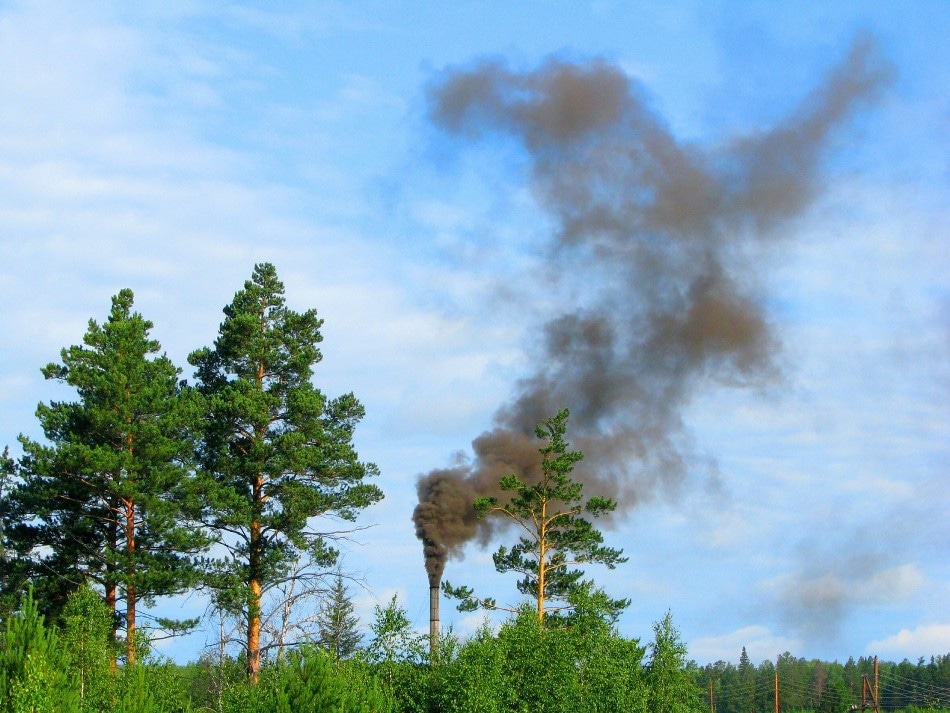 By Megan DaviesNov 7 2019
By Megan DaviesNov 7 2019A new study suggests that growing trees and plants close to factories and other sources of pollution could decrease air pollution by an average of 27%.
 Bhavik Bakshi. Image Credit: The Ohio State University.
Bhavik Bakshi. Image Credit: The Ohio State University.
The research reveals that plants—not technologies—may also be economical options for cleaning the air near several industrial sites, commercial boilers, power plants, roadways, and oil and gas drilling sites.
In reality, scientists learned that in 75% of the counties studied, the use of plants to reduce air pollution proved cheaper than adding technological interventions—things like smokestack scrubbers—to pollution sources.
The fact is that traditionally, especially as engineers, we don’t think about nature; we just focus on putting technology into everything. And so, one key finding is that we need to start looking at nature and learning from it and respecting it. There are win-win opportunities if we do—opportunities that are potentially cheaper and better environmentally.
Bhavik Bakshi, Study Lead Author and Professor of Chemical and Biomolecular Engineering, The Ohio State University
The study discovered that in numerous scenarios, nature-based solutions to air pollution might prove better than technology at fighting air pollution. The study has been published recently in the journal Environmental Science & Technology.
The analysis showed that for one particular sector—industrial boilers—technology is more economical at cleaning the air than ecosystem upgrades. For the manufacturing sector—a broader sector—both technology and ecosystems could deliver cost savings, based on the type of factory.
To gain insights into the impact that trees and other plants could have on air pollution, the scientists gathered public data related to air pollution and vegetation on a county-by-county basis covering the lower 48 states. They then calculated the expense involved in planting additional plants and trees.
Their calculations included the capacity of existing vegetation—including grasslands, trees, and shrublands—to reduce air pollution. They also looked at the effect that restorative planting—raising the vegetation cover of a particular county to its county-average levels—might have on air pollution levels. They predicted the influence of plants on the most common air pollutants—sulfur dioxide, particulate matter that adds to smog, and nitrogen dioxide.
They discovered that recreating vegetation to county-level average canopy cover reduced air pollution at an average of 27% across the counties. This figure differs by county and region—for example, a county in the farmlands of Ohio and a county in the desert of Nevada. Even if the counties were of the same size, the county-average land cover in Nevada would be less than that in Ohio, because the desert could not grow the same amount of vegetation as farmland.
Their study did not calculate the direct impact plants might have on ozone pollution, because, according to Bakshi, the data on ozone emissions is inadequate. The analysis also did not consider whether some species of plants or trees would better “scrub” pollution from the air, though Bakshi said it is probable that the species of plant would have an impact on the air quality.
They learned that adding trees or other plants could reduce air pollution levels in both rural and urban areas, though the success rates differed based on, among other factors, how much land was available to cultivate new plants and the present air quality.
Reducing air pollution is critical for public health. The American Lung Association estimates that 4 in 10 people in the United States reside in areas with poor air quality, which results in health problems such as lung cancer, asthma, and heart disease.
Bakshi said their findings specify that nature must be a part of the planning process to handle air pollution, and show that builders and engineers must find ways to integrate both ecological and technological systems.
The thing that we are interested in is basically making sure that engineering contributes positively to sustainable development. And one big reason why engineering has not done that is because engineering has kept nature outside of its system boundary.
Bhavik Bakshi, Study Lead Author and Professor of Chemical and Biomolecular Engineering, The Ohio State University
The National Science Foundation funded this study.